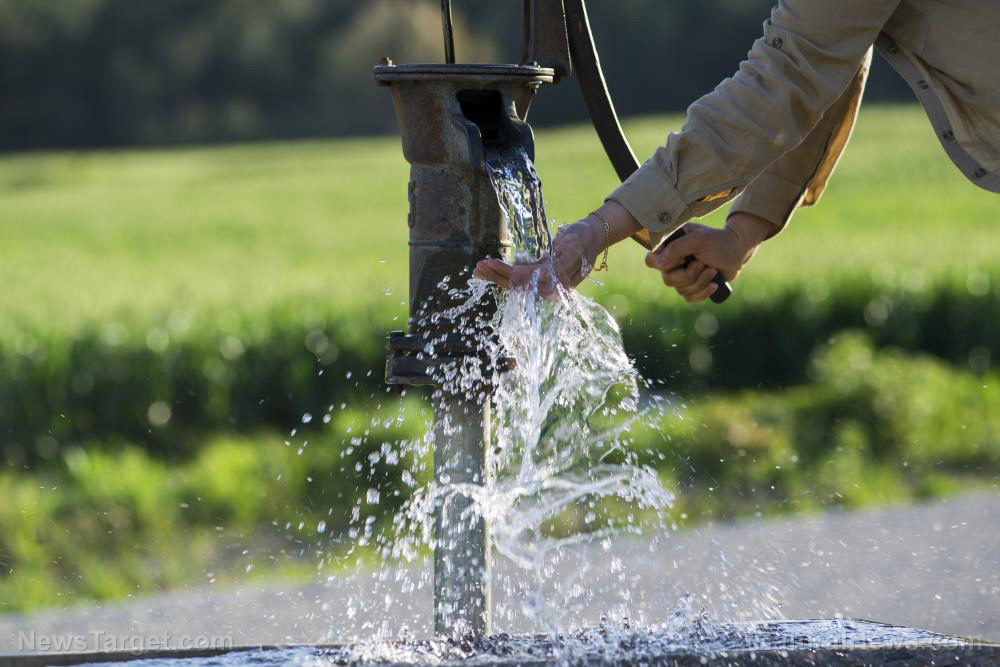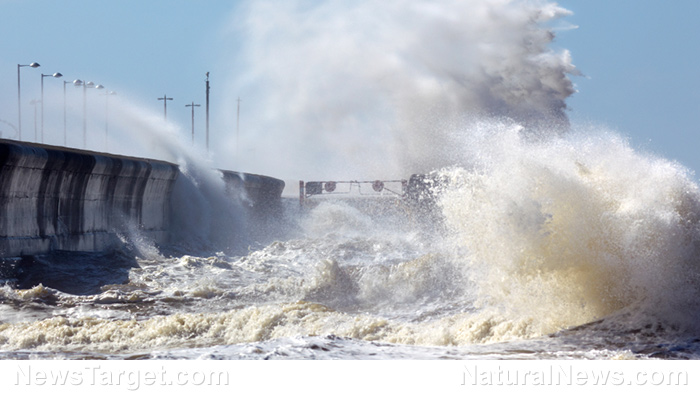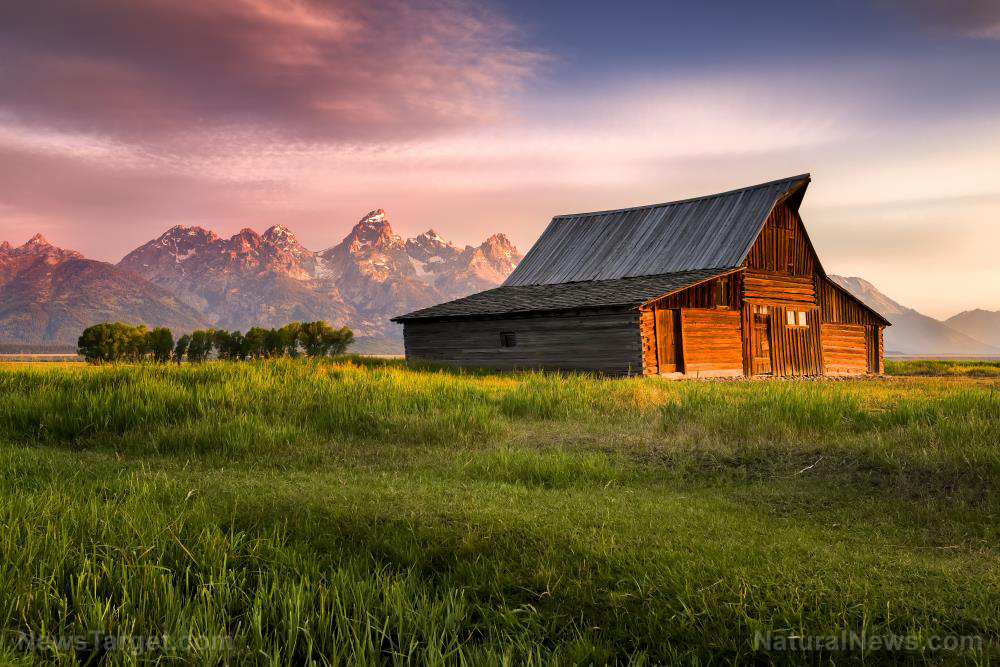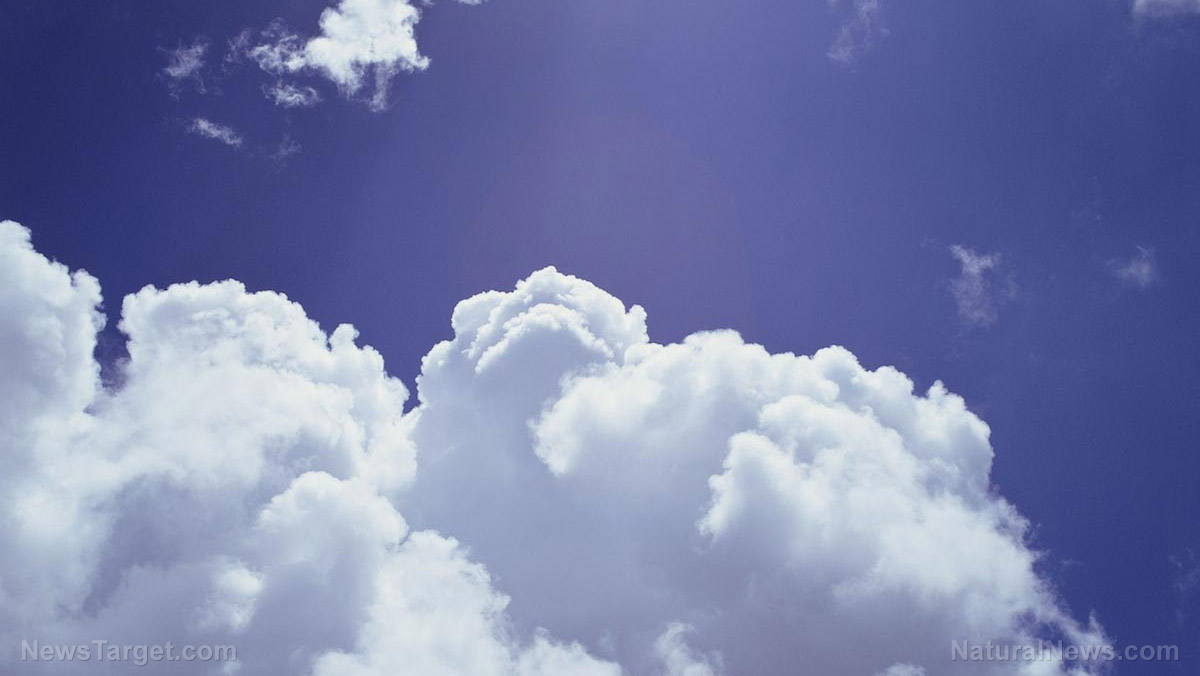
It's dangerous to assume that you already have enough supplies should disaster strike, especially when it comes to a finite resource like clean water. Consider the factors detailed below to ensure that your family has access to water and that you know where to find water if your supply runs out.
How much water do you need?
Guidelines for emergency preparedness often say that the average person requires at least one gallon of drinking water a day. However, this doesn't take into account the water you need for cooking, bathing, doing the dishes, washing your clothes, or flushing your toilet.
When stocking up on water, you need to store more than one gallon per person to cover all your needs. You'll also need more water if you're prepping for a large family (and pets).
Try to conserve water by reusing "gray water." For example, you can use water from your washing machine to flush your toilet.
You can plan for various scenarios, but even preppers can't predict how long certain SHTF events will last. This highlights the importance of knowing how to find and purify water. (Related: Water is life: 10 Ways to purify water when SHTF.)
The average Joe will be complacent because they think towns and municipalities can store millions of gallons of water in "long-term" storage tanks daily. But when disaster strikes, will this be enough for the people in your whole city? What happens when a month-long event happens?
Replenishing your water supply
There's not much you can do with a hundred gallons of water that's contaminated with algae or bacteria.
You need to store your water supply somewhere safe. Sterilize your containers and hide your stockpile in a dark, cool room.
Next, you should rotate your water supply to prevent contamination. Water that's stored properly should be checked at least every six months. Rotate your water supply once a year.
Once you secure your water stockpile, think of ways to replenish it. What will you do if you can't get water from your faucet tap?
Things will be easier if you already have your own well and a back-up energy source that will power your well pump. If you don't have a well, scope out potential water sources near your area. Possible water sources include ponds, lakes, rivers, or streams.
Here are other things to consider when securing a back-up source of water when SHTF:
- If you don't live near a large body of water, do you have other options?
- Can you reach the nearest water source by foot, or will you need a car?
- Is the water source located in a safe area?
- If the water source isn't too far, do you have a cart, wagon, or wheelbarrow that you can use to haul water?
- Do you have enough containers to store water for your whole family?
Aside from storing water in 55-gallon drums in your garage, you need to think beyond general preparedness. Consider what your next step will be if your water stockpile runs out and can no longer buy water from stores or get water from your tap.
Read up on various ways to purify water. Some DIY options include boiling or gathering rainwater. It's also a good idea to install high-quality water purifiers in your home.
Prepare your survival water supply, store it properly, and learn how to purify water so your family has access to clean water even after SHTF.
Sources include:
Please contact us for more information.























